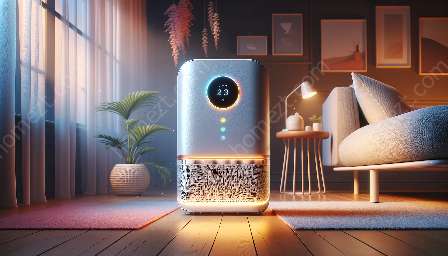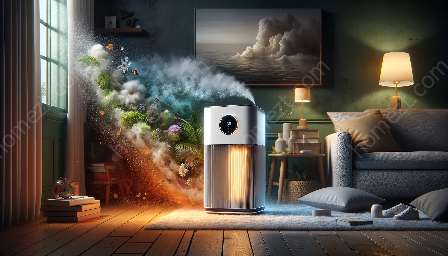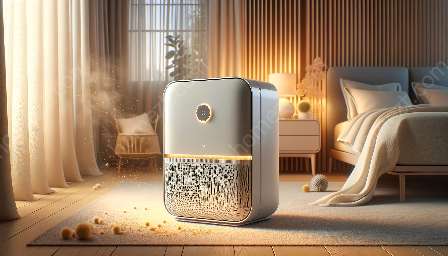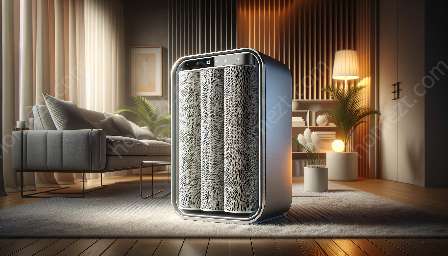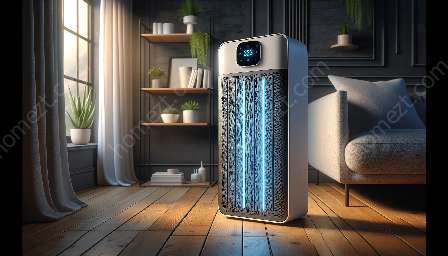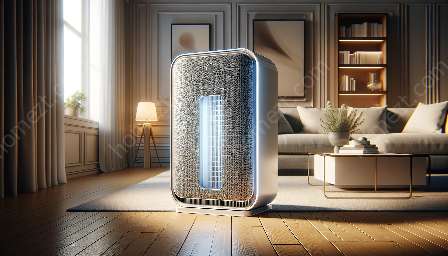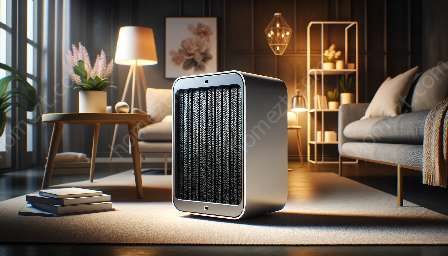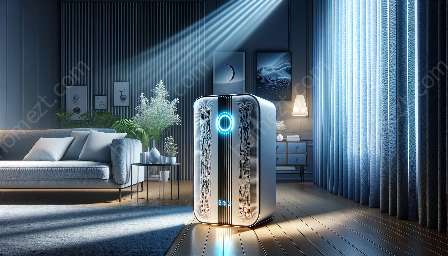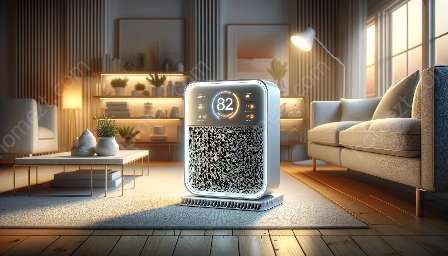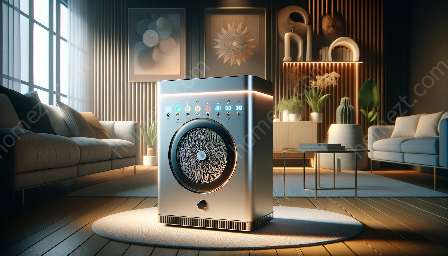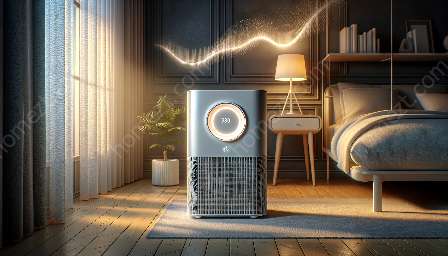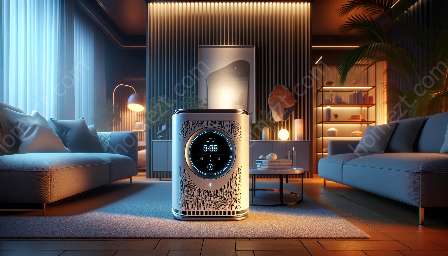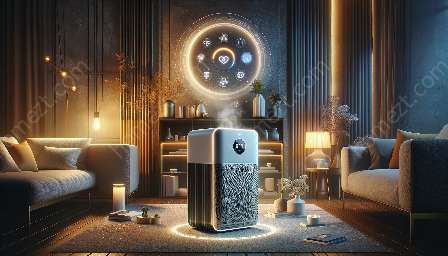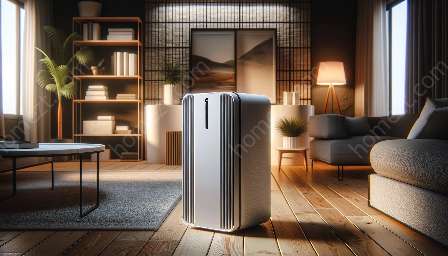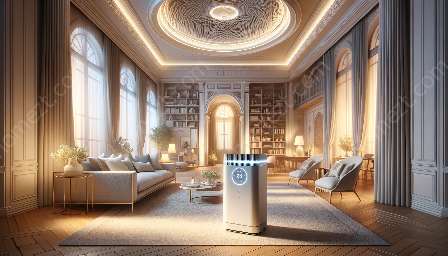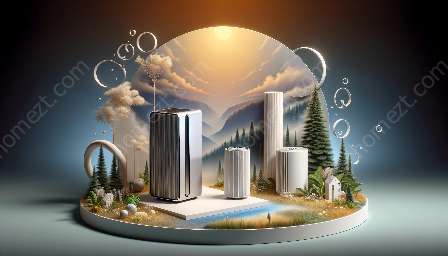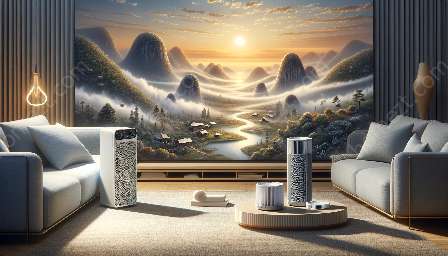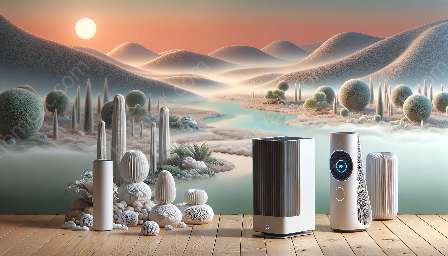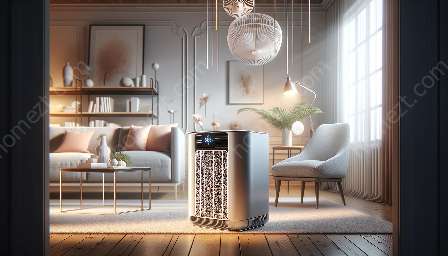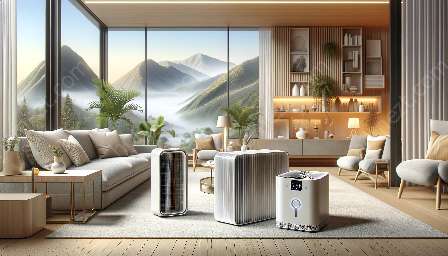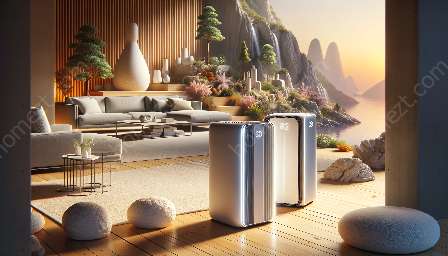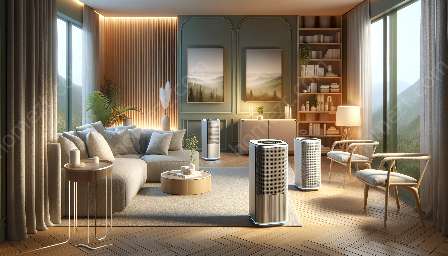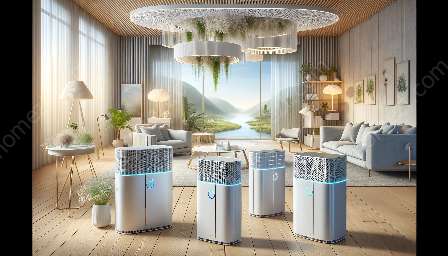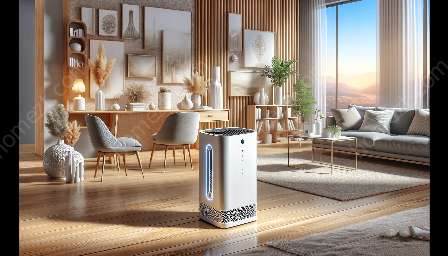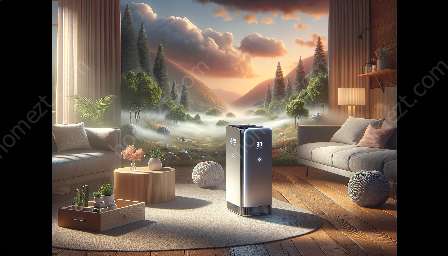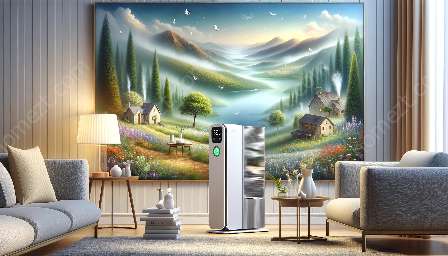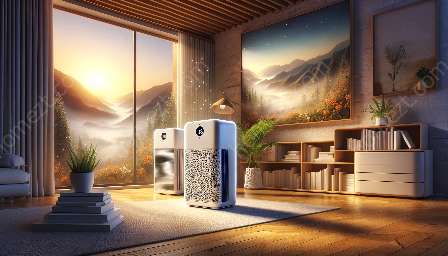When it comes to creating a healthy and comfortable living environment, the significance of air filtration cannot be overstated. Air filtration plays a crucial role in enhancing indoor air quality, which directly impacts our health and well-being. In this comprehensive guide, we will delve into the science of air filtration, its relationship with air purifiers and home appliances, and how it can revolutionize the way we experience our indoor spaces.
The Basics of Air Filtration
At its core, air filtration is the process of removing particulates and contaminants from the air. This is accomplished through the use of specialized filtration systems that can capture and trap various airborne pollutants, including dust, pollen, pet dander, mold spores, and volatile organic compounds (VOCs).
There are different types of air filters, each designed to target specific pollutants based on their size and composition. The most common types of air filters include:
- 1. HEPA (High-Efficiency Particulate Air) Filters: These filters are highly effective at capturing airborne particles as small as 0.3 microns, making them ideal for individuals with allergies or respiratory conditions.
- 2. Activated Carbon Filters: These filters excel at adsorbing odors, gases, and VOCs, making them an excellent choice for eliminating unpleasant smells and chemical fumes from the air.
- 3. UV-C Light Filters: By using ultraviolet light, these filters can destroy microorganisms such as bacteria, viruses, and mold spores, providing an extra layer of protection against harmful pathogens.
Air Filtration and Air Purifiers
One of the most common applications of air filtration is in air purifiers. These devices are designed to continuously circulate and filter the air in a specific space, effectively reducing the concentration of airborne pollutants and enhancing indoor air quality. Air purifiers utilize advanced filtration technologies, such as HEPA filters and activated carbon filters, to remove a wide range of contaminants, ensuring that the air we breathe is clean and healthy.
When choosing an air purifier, it's crucial to consider the size of the area you want to purify, the specific pollutants you want to target, and the desired level of filtration efficiency. With the right air purifier, you can significantly mitigate indoor air pollution, providing relief for individuals suffering from allergies, asthma, or other respiratory issues.
Integration with Home Appliances
As the demand for healthier indoor environments grows, air filtration technology is increasingly being integrated into various home appliances. From HVAC systems and vacuum cleaners to refrigerators and air conditioners, manufacturers are incorporating advanced filtration systems to improve the overall air quality within homes.
For example, modern refrigerators are equipped with air purification systems that help preserve the freshness of food by eliminating ethylene gas and airborne bacteria. Similarly, vacuum cleaners feature HEPA filters that can capture and trap fine dust particles, preventing them from being released back into the air.
Furthermore, smart home technologies are enabling seamless integration of air filtration systems with other home appliances, allowing for automated control and monitoring of indoor air quality. This integration not only improves convenience but also ensures that air filtration is consistently optimized for maximum effectiveness.
The Health Benefits of Effective Air Filtration
By investing in quality air filtration solutions, homeowners can experience a multitude of health benefits, including:
- Reduction of Allergens: Effective air filtration can significantly reduce allergens such as dust mites, pollen, and pet dander, providing relief for allergy sufferers.
- Improved Respiratory Health: Clean air promotes healthier respiratory function and can alleviate symptoms of asthma and other respiratory conditions.
- Elimination of Odors and Chemicals: Advanced filtration technologies can effectively remove unpleasant odors, volatile organic compounds, and other harmful chemicals from the air, creating a fresher and safer indoor environment.
- Protection from Airborne Pathogens: Certain filtration systems, such as UV-C light filters, can help eliminate bacteria, viruses, and mold spores, reducing the risk of indoor infections and illnesses.
Conclusion
From its fundamental role in removing airborne pollutants to its integration with air purifiers and home appliances, air filtration holds the key to creating healthier and more comfortable indoor environments. By understanding the science behind air filtration and harnessing the latest technological advancements, individuals can take proactive steps to improve their indoor air quality and overall well-being. With the continued evolution of air filtration solutions, we can look forward to breathing cleaner, fresher air in our homes for years to come.

